1. In 2009, Kodinhi, a village in Kerala, was home to 220 sets of twins, in a total of 2,000 families.
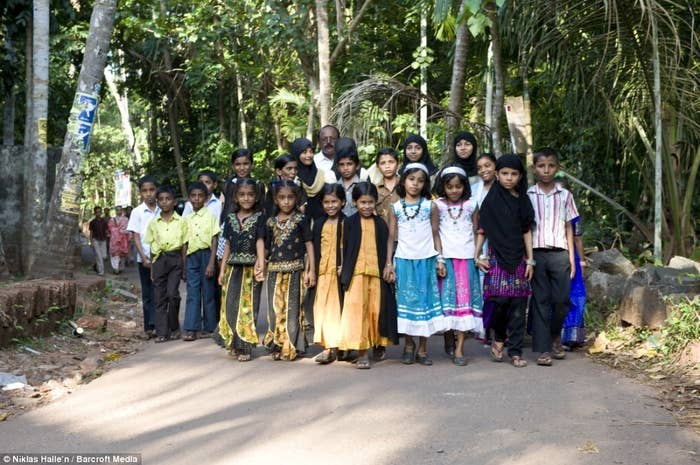


The village has always witnessed an unusually high number of twin births, and the rate is increasing every year.
2. In Meghalaya, living root bridges are formed when banyan trees naturally attach themselves to the other side of a river.
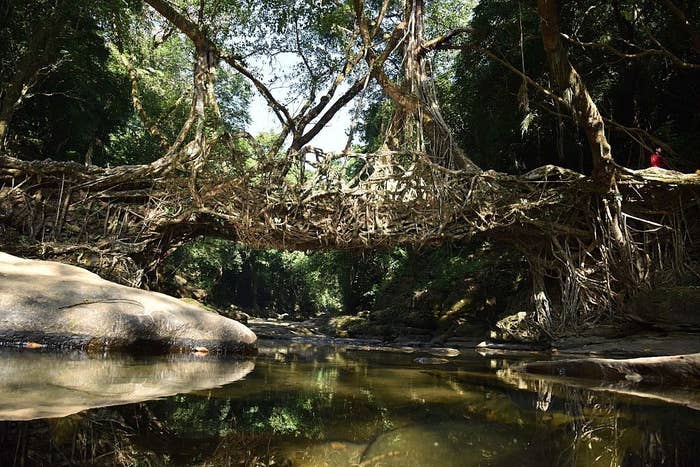
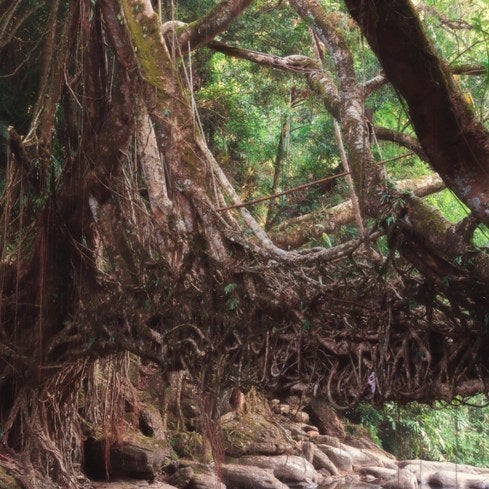
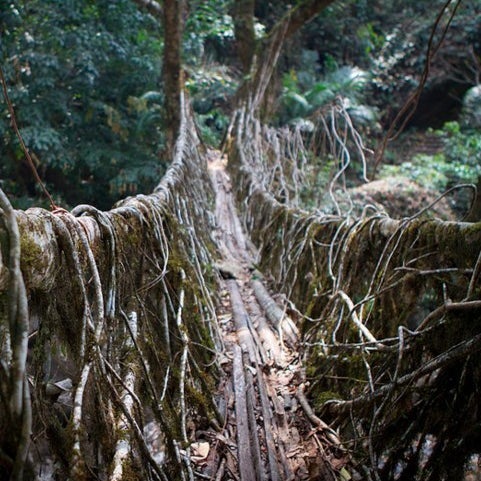
Khasi and Jaintia people ply the roots of the trees in the desired direction, after which the process occurs naturally. It can take upto 15 years, but under ideal conditions, the bridges can last for hundreds of years.
3. Molai is a 1,360 acre forest in Assam that was planted singlehandedly by one man. LITERALLY.
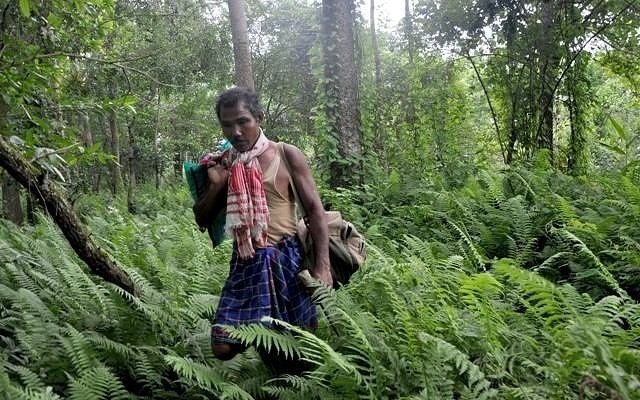
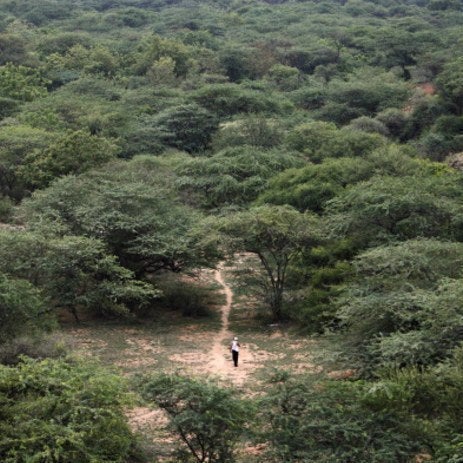

In 1979, 16-year-old Jadav "Molai" Payeng planted some seedlings on a sandbar. He continued doing the same over the next four decades, eventually turning it into a forest reserve.
4. Uttarakhand's Roopkund Lake is famous for the mysterious human skeletons that are visible at the bottom when the snow melts.
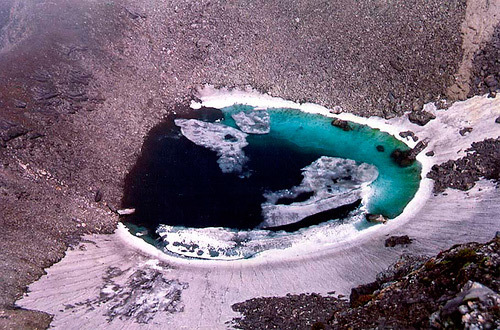
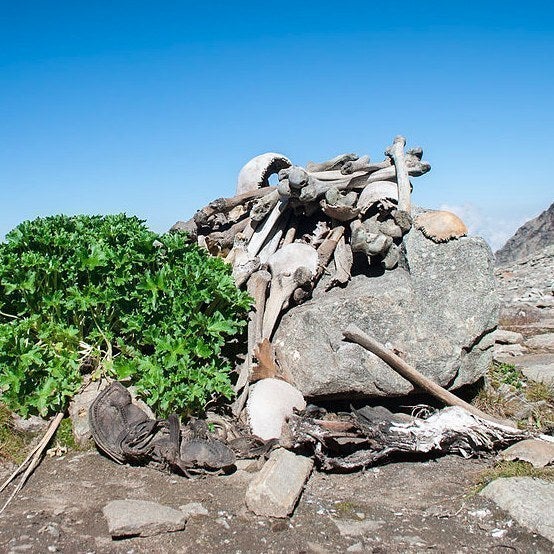

The lake is situated over 5,000 metres above sea level. There are many theories and local legends as to how the skeletons ended up there. Radiocarbon dating has determined that the skeletons are at least 1,000 years old.
5. This huge rock in Mahabalipuram apparently balances itself, despite being situated on the slope of a small hill.
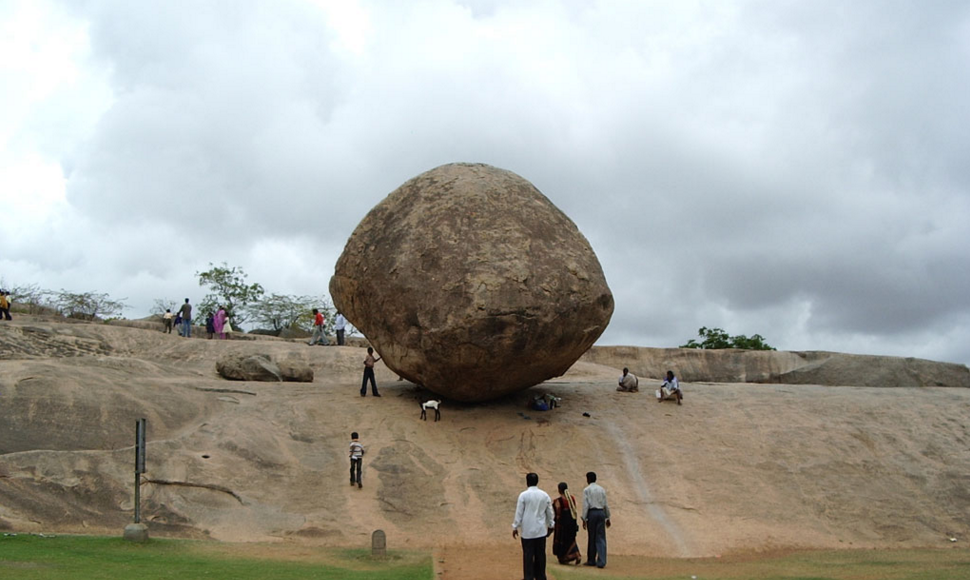
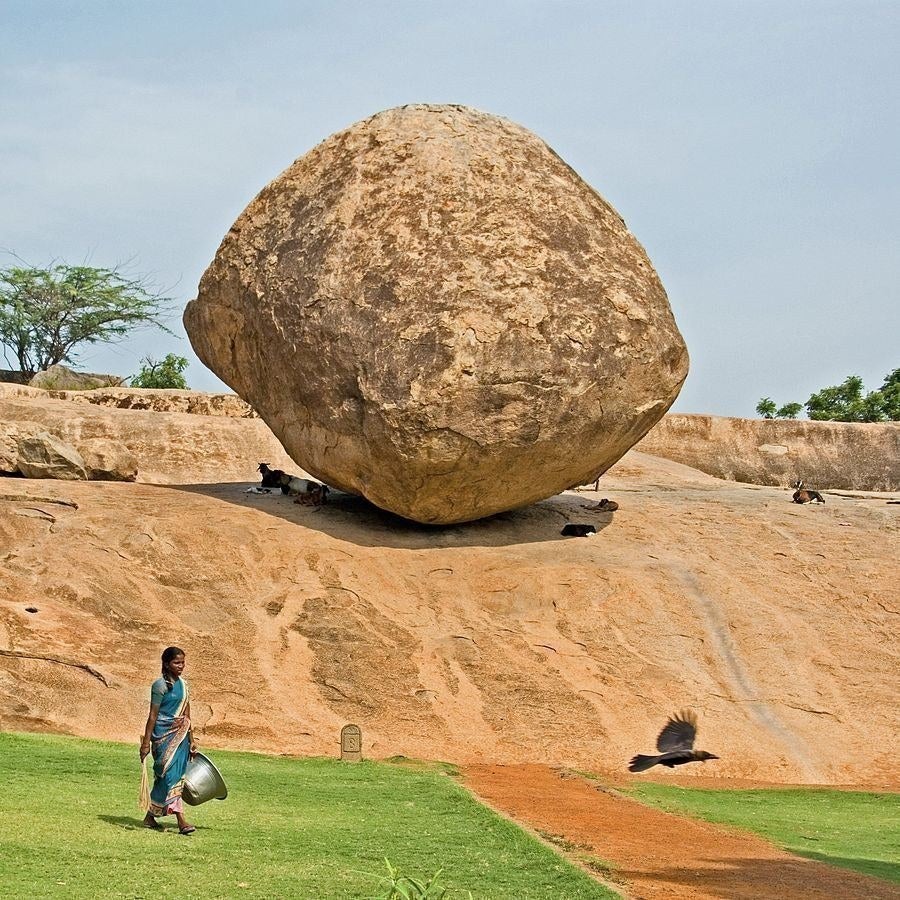
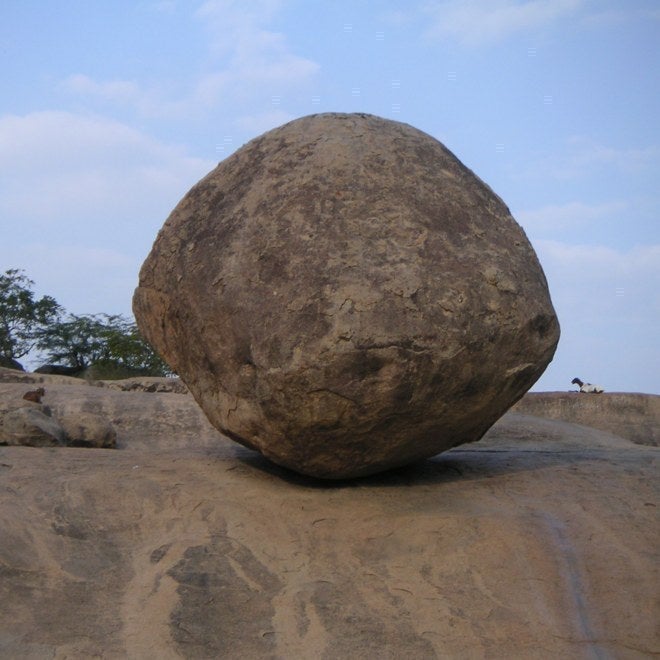
The 250-ton rock, locally known as Krishna's butter ball, is believed to have maintained this balancing act for 1,200 years now.
6. Manipur's Loktak Lake has large "floating islands" on the surface, which are big enough for fishermen to reside on them.
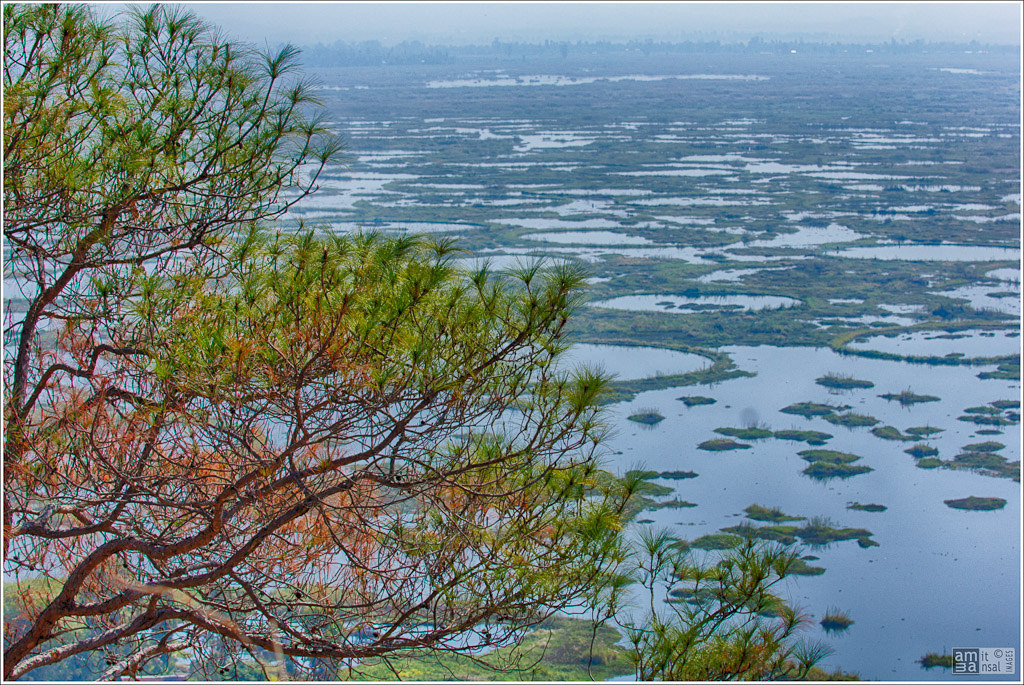
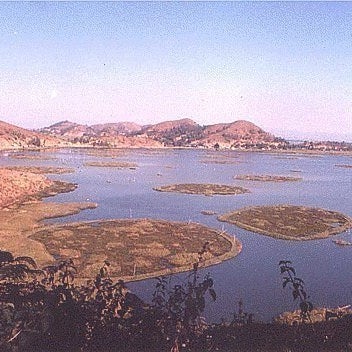

The "phumdis" are masses of vegetation, soil and organic matter in various stages of decomposition, which float on the surface of the water.
7. For over 100 years, Jatinga, a village in Assam, experiences the phenomenon of birds "committing suicide".

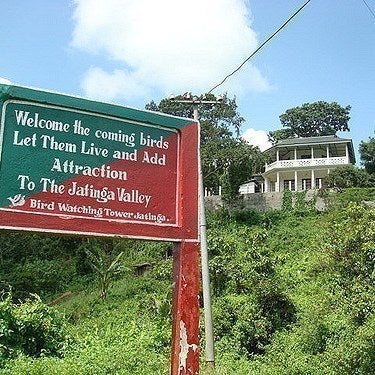
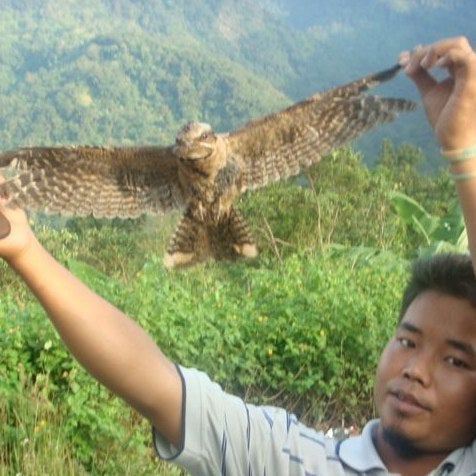
Birds are likely to be disoriented with wind speed at high altitudes, and they plunge to their death towards the lights and torches of the city. The locals, who once thought the birds were spirits attacking from the sky, would use bamboo poles to beat up the birds as well. This practice has subsided in recent times.
8. Maharasthra's Lonar Lake was once believed to be the result of a volcanic explosion, but it is now accepted that it was created by a meteor impact.
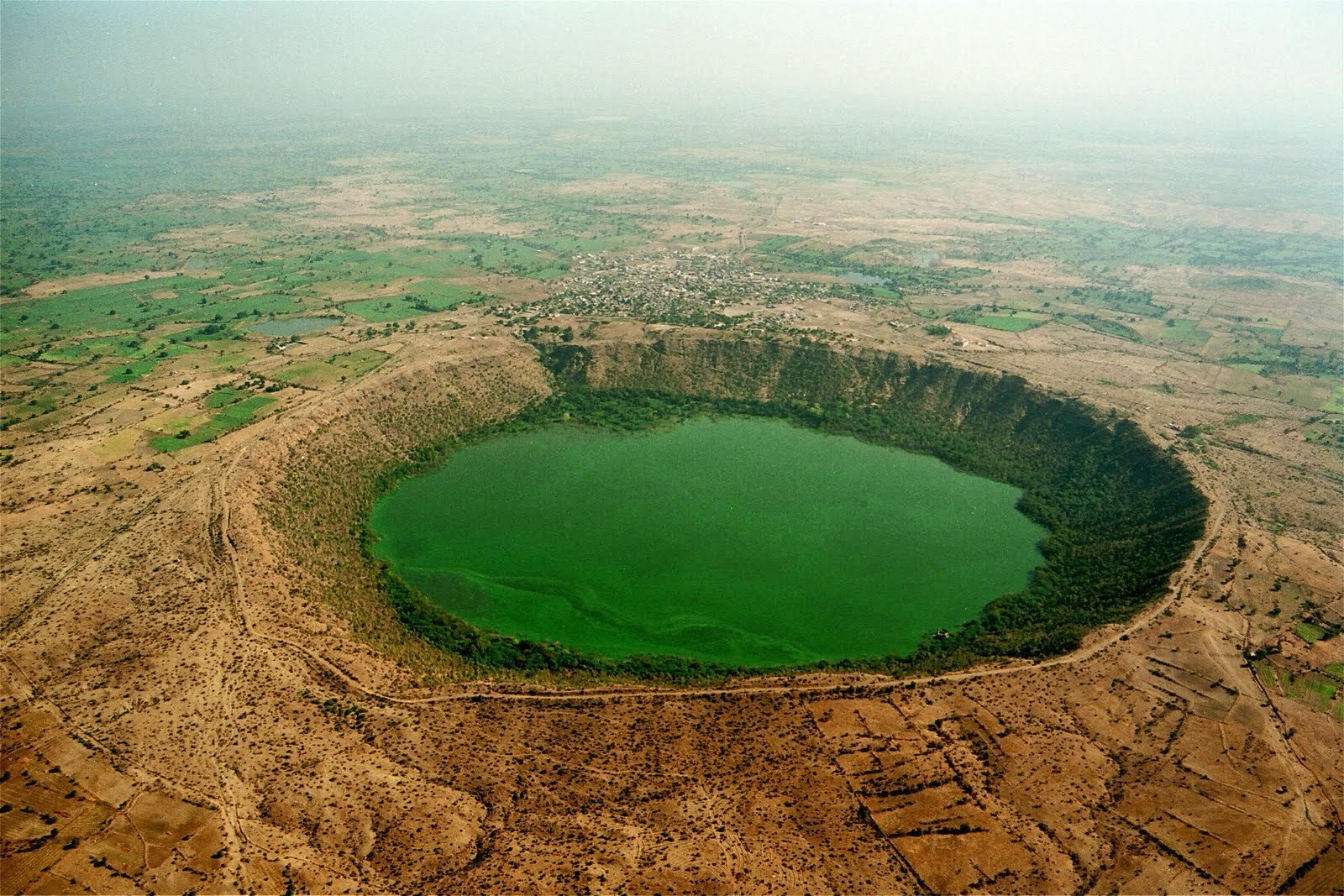
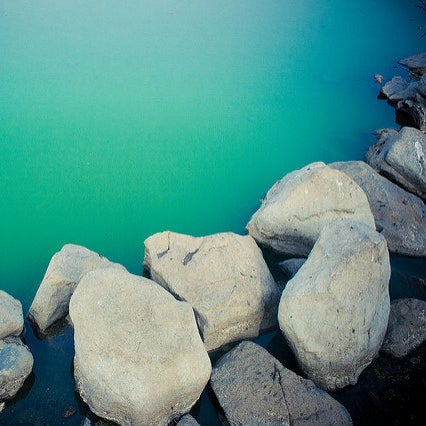
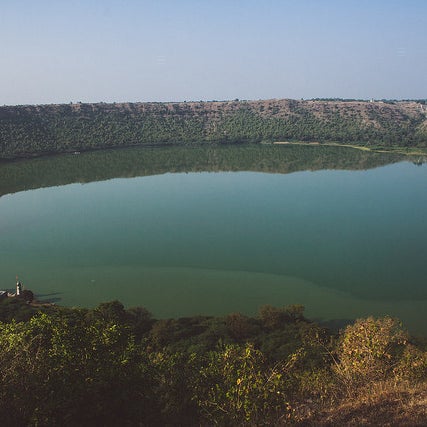
9. Karni Mata temple in Bikaner, Rajasthan, is known for the 2,000 odd rats that reside in the temple, and are worshipped there.
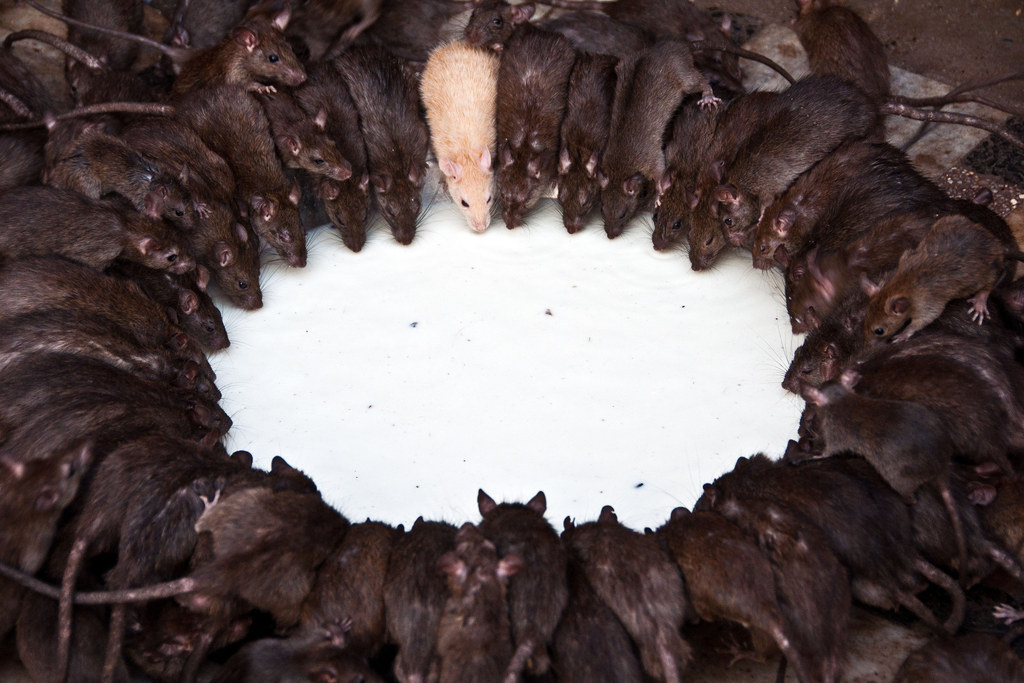

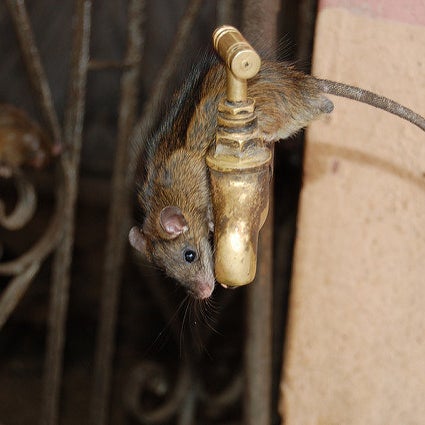
There are also a few white rats, and seeing one is considering an auspicious sign.
10. There has been an underground fire burning in the coal mines of Jharia, Jharkhand for a hundred years now.
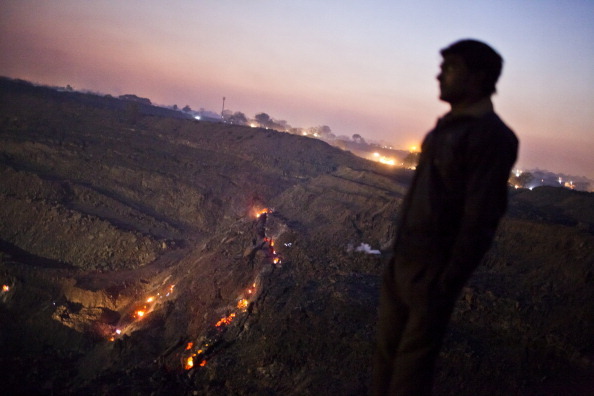

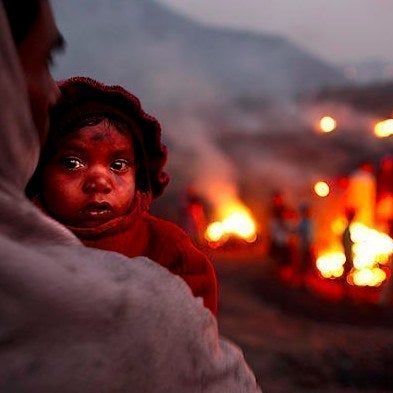
First detected in 1916, the fire has been raging on despite the efforts of the mining department and railway authorities.
11. The Great Banyan is one single, giant-ass tree located on the outskirts of Kolkata.
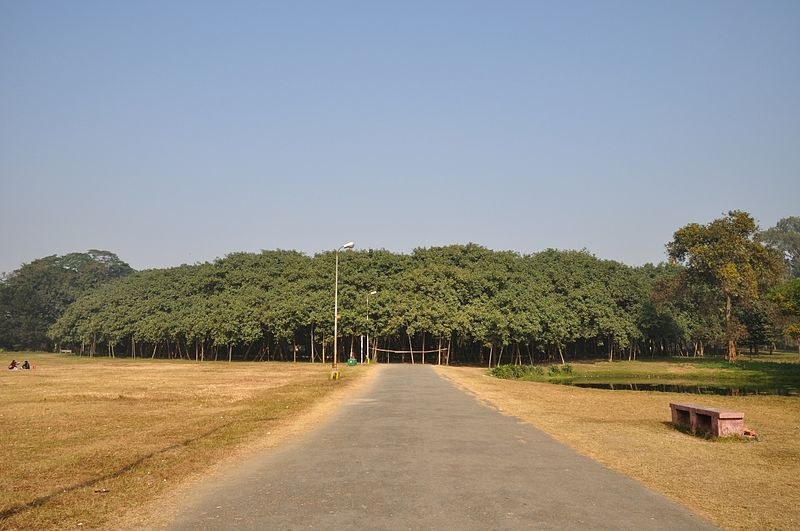
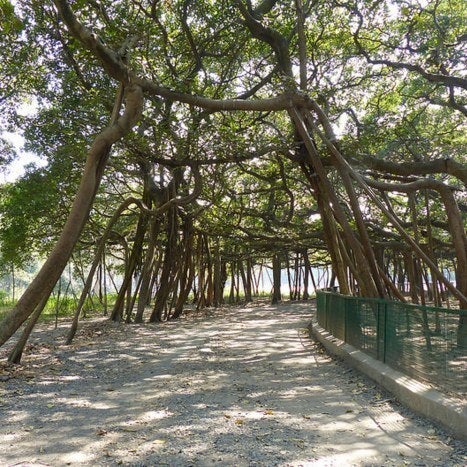
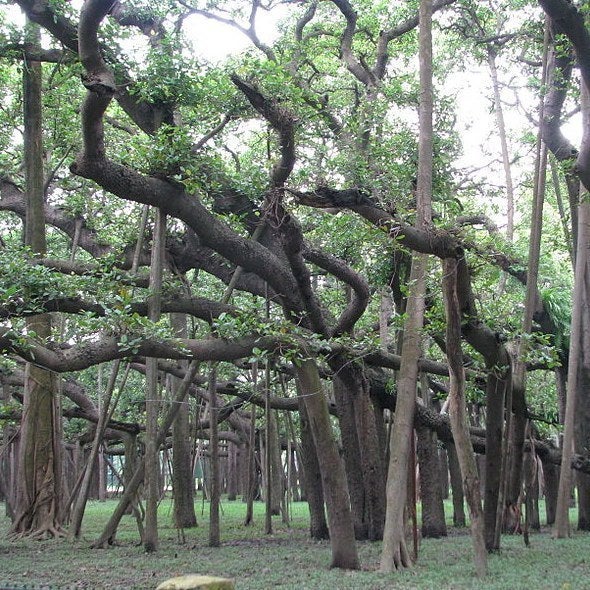
The 200-year-old tree, which is mostly supported by its large number of aerial roots, occupies a gigantic area of about 14,500 square metres. In 1925, the middle of the tree was excised after it became diseased following a lightning strike, which left it as a clonal colony. The tree continues to spread beyond the 330-metre road that was built along its circumference.
